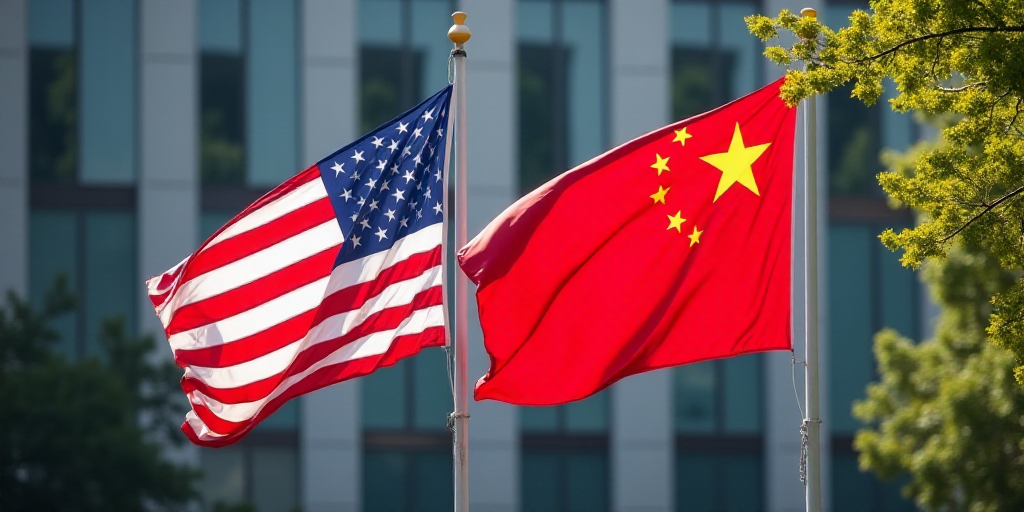Background on Key Figures and Relevance
The United States, represented by President Donald Trump’s administration, and China have agreed to a trade truce following negotiations in Genebra. This development is significant as it marks a potential de-escalation of the ongoing trade war between these two economic giants. The agreement aims to reduce tariffs and other countermeasures imposed by both countries.
Tariff Reductions
Uneven Tariff Decrease:
The United States has agreed to adjust or eliminate three decrees that collectively imposed a 115% tariff on Chinese imports. Specifically, the U.S. will reduce tariffs related to “Liberation Day” from 34% to 10%, and eliminate all tariffs imposed during the “eye for an eye” escalation phase. This reduction will be implemented over 90 days.
China has matched this reduction, eliminating all tariffs imposed since April 2nd, except for a remaining 10%. This leaves China with an overall tariff rate of 10% when considering pre-April 2nd tariffs, including two rounds from February and March in retaliation for trade related to fentanyl.
Persistent Tariffs and Additional Barriers:
Despite the reduction, China still maintains a 30% tariff rate when accounting for pre-April 2nd tariffs, including two rounds from February and March as retaliation for trade related to fentanyl. Moreover, certain Chinese products such as electric vehicles, steel, and aluminum remain subject to other tariffs imposed in previous years.
Suspension of Non-Tariff Barriers
Commitment to Remove Non-Tariff Measures:
China has pledged to eliminate non-tariff barriers implemented against the United States since April 2nd. However, the specifics of how these measures will be reversed remain unclear.
As part of their retaliatory actions in April, China included rare earths on its list of export controls, initiated an anti-dumping investigation into DuPont’s Chinese operations, and blacklisted several U.S. defense and technology companies.
Uncertainty Surrounding Rare Earths:
Regarding rare earths, since China’s decision applies universally, it is uncertain whether this will be considered a specific countermeasure against the United States under the agreement.
The original announcement from China’s Ministry of Commerce did not mention the United States and required all exporters to obtain licenses before shipping seven types of rare earths.
Reuters previously reported that U.S. customers might face lengthy and uncertain waiting periods for licenses due to the ongoing trade war.
Key Questions and Answers
- What tariffs will be reduced? The United States will reduce tariffs related to “Liberation Day” from 34% to 10%, and eliminate all escalated tariffs. China will reduce its tariffs from 125% to 10%, but still maintains a 30% tariff rate when considering pre-April 2nd tariffs.
- What non-tariff barriers will be suspended? China has committed to eliminating non-tariff measures imposed against the United States since April 2nd, including export controls on rare earths and anti-dumping investigations into U.S. companies.
- What remains uncertain? The reversal process for some non-tariff measures is unclear, and it’s uncertain whether China’s rare earth decision counts as a specific countermeasure against the United States under the agreement.






